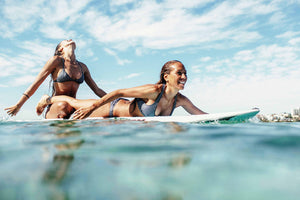Free Shipping For Orders Over $60 Within Australia
-
Shop
- BABY Natural Clear Zinc Sunscreen SPF 50
- KIDS Natural Clear Zinc Sunscreen SPF 50
- Natural Clear Zinc Sunscreen SPF 50+
- Natural Clear Zinc Sunscreen SPF 30
- Natural Face Sunscreen Clear Zinc SPF 50
- Natural Zinc Stick Clear Zinc SPF 50+
- Natural Zinc Stick Medium Tint SPF 50+
- Natural Sunscreen
- Tinted Sunscreen
- Natural Moisturiser
- Bundles & Save
- Gift Cards
- Our Story
- Reef Safe Sunscreen
- Baby Sunscreen
- Community
- Urchin News
- Press
-
Shop
- BABY Natural Clear Zinc Sunscreen SPF 50
- KIDS Natural Clear Zinc Sunscreen SPF 50
- Natural Clear Zinc Sunscreen SPF 50+
- Natural Clear Zinc Sunscreen SPF 30
- Natural Face Sunscreen Clear Zinc SPF 50
- Natural Zinc Stick Clear Zinc SPF 50+
- Natural Zinc Stick Medium Tint SPF 50+
- Natural Sunscreen
- Tinted Sunscreen
- Natural Moisturiser
- Bundles & Save
- Gift Cards
- Our Story
- Reef Safe Sunscreen
- Baby Sunscreen
- Community
- Urchin News
- Press




